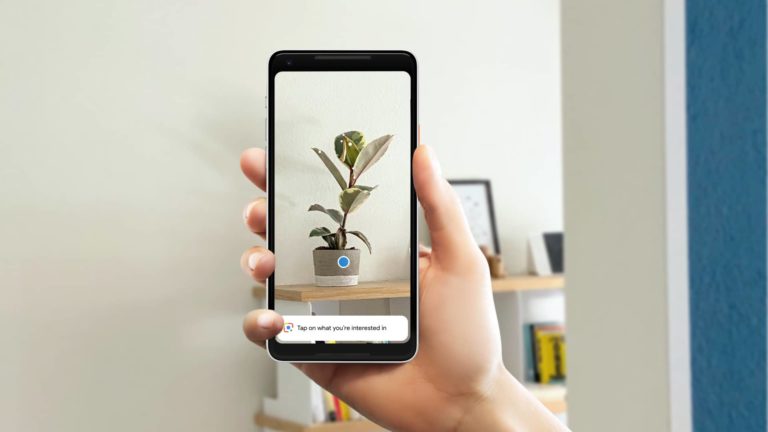
AR comes in many flavors. This is true of any early-stage technology as it twists around and takes shape. For example, AR formats so far include viral social lenses and line-of-sight guidance for enterprise productivity, to name a few. These lead the way so far, but others will develop.
Somewhere between those points is a less-discussed AR modality: visual search. Led by Google Lens and Snap Scan, it lets users point their smartphone cameras (or glasses in the future) at real-world objects to identify and contextualize them through informational overlays.
Also what we call “captions for the real world,” visual search represents a promising AI-driven utility – the topic of a recent report from our research arm ARtillery Intelligence. It’s also the focus of the latest episode of ARtillery Briefs, with top takeaways and embedded video below.
Experiential Range
One of the fundamentals of visual search is that it flips the script from other forms of AR. It does that by identifying unknown items, rather than displaying known ones. In other words, its key function is to contextualize the world, rather than display pre-ordained animations.
Looking at it that way, visual search’s experiential range and potential use cases are greater than other forms of AR. These use cases transcend AR lenses that, while valuable, can have relatively narrow utility. Visual search has the extent of the physical world as its canvas.
For example, use cases include education, travel, and shopping. Students can identify plant life, while travelers discover and navigate new locales. Socialites can discover new bars & restaurants. And fashion acolytes can identify apparel they encounter in the real world.
The key word above is “utility,” which is a hallmark of sustainable and sticky technologies. In fact, many emerging technologies evolve from fun and games to everyday value… from toy to tool. That was case to varying degrees with software and apps on the PC, web, and smartphone.
Fashion & Food
Speaking of the web, visual search’s value is anchored to historical precedent. It mirrors attributes of web search – one of the most successful and lucrative tech innovations of the past 30 years. Like web search, users indicate a specific need or interest, but do so with their camera.
This raises the magic word for search-based business models: Intent. In fact, user intent can be greater with visual search. The lean-forward act of identifying objects visually can signal high buying intent when in commercial contexts, such as fashion and food discovery.
Also like web search, visual search is a potentially high-frequency activity. Its broad utility can emerge throughout a given user’s day. And that engenders stickiness and repeat use, which can’t always be said for other forms of AR whose appeal lies in gaming, novelty, or whimsy.
For all these reasons, Google is keen on visual search and continues to show it through large investments. Just like voice search, it could help the company future-proof its core business. This is further supported by Gen-Z’s affinity for the camera and its escalating spending power.
Educate & Acclimate
Beyond motivation, Google has a technical advantage. As the world’s search engine for 20+ years, it has a knowledge graph and image database to fuel AI training sets for object recognition. That said, there’s room for innovation from other visual search players like Snap Scan.
As for timing, Google is currently conditioning users and cultivating the use case. But eventually, it will flip the monetization switch in terms of sponsored visual searches that flow into its core paid search model. It’s unclear when it will decide that visual search is ready for that promotion.
In closing, it’s worth noting that all these visual search advantages add up on theoretical levels, but there are barriers in practice. These include computational challenges as well as behavioral and cultural ones. These headwinds can offset many of the above advantages.
For example, visual search deviates from deep-rooted consumer habits, which are never easy to change. In that way, it suffers from the curse of new technologies: It’s so disruptive that consumers are disoriented by it. But if anyone can educate & acclimate en masse, it’s probably Google.






